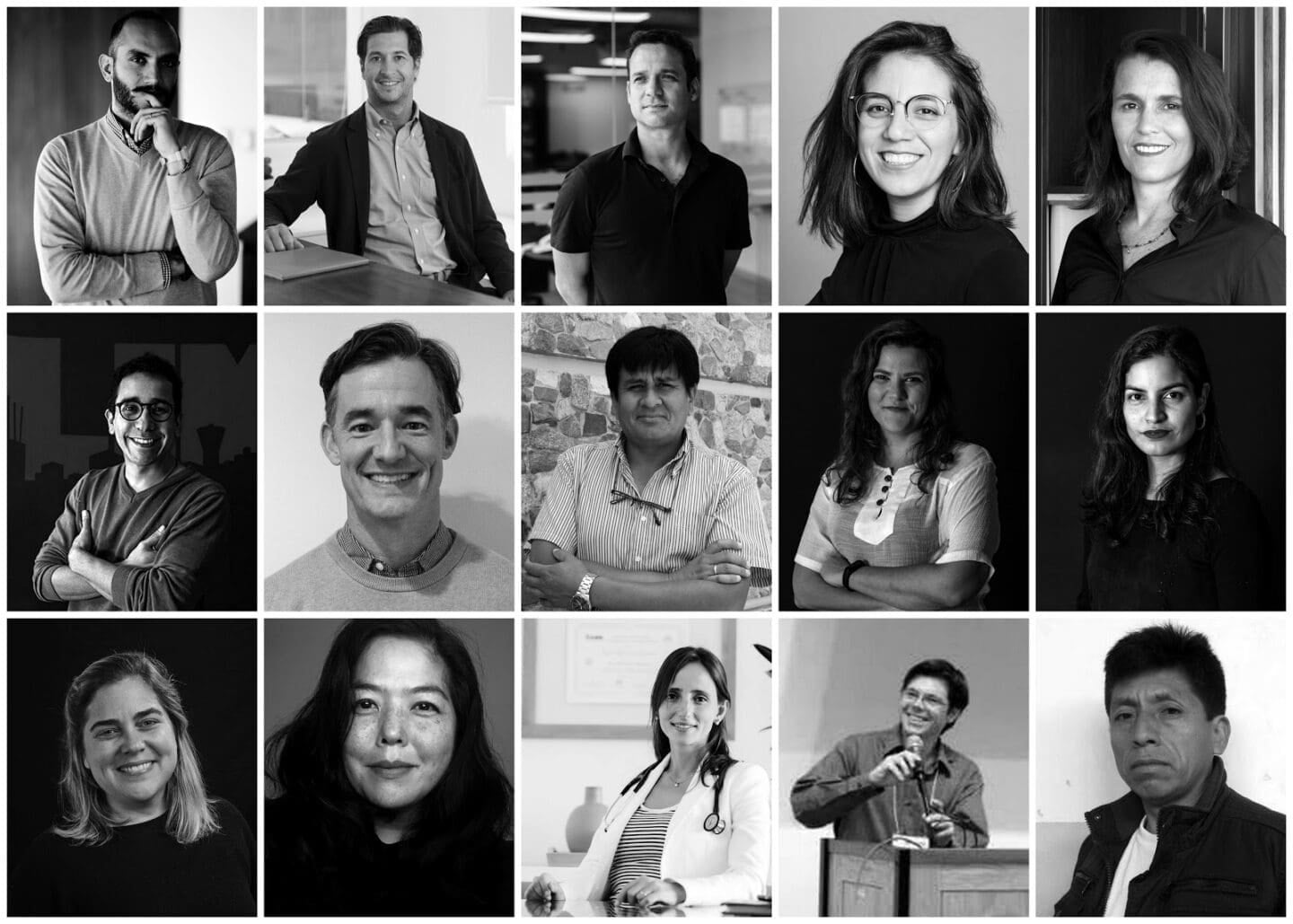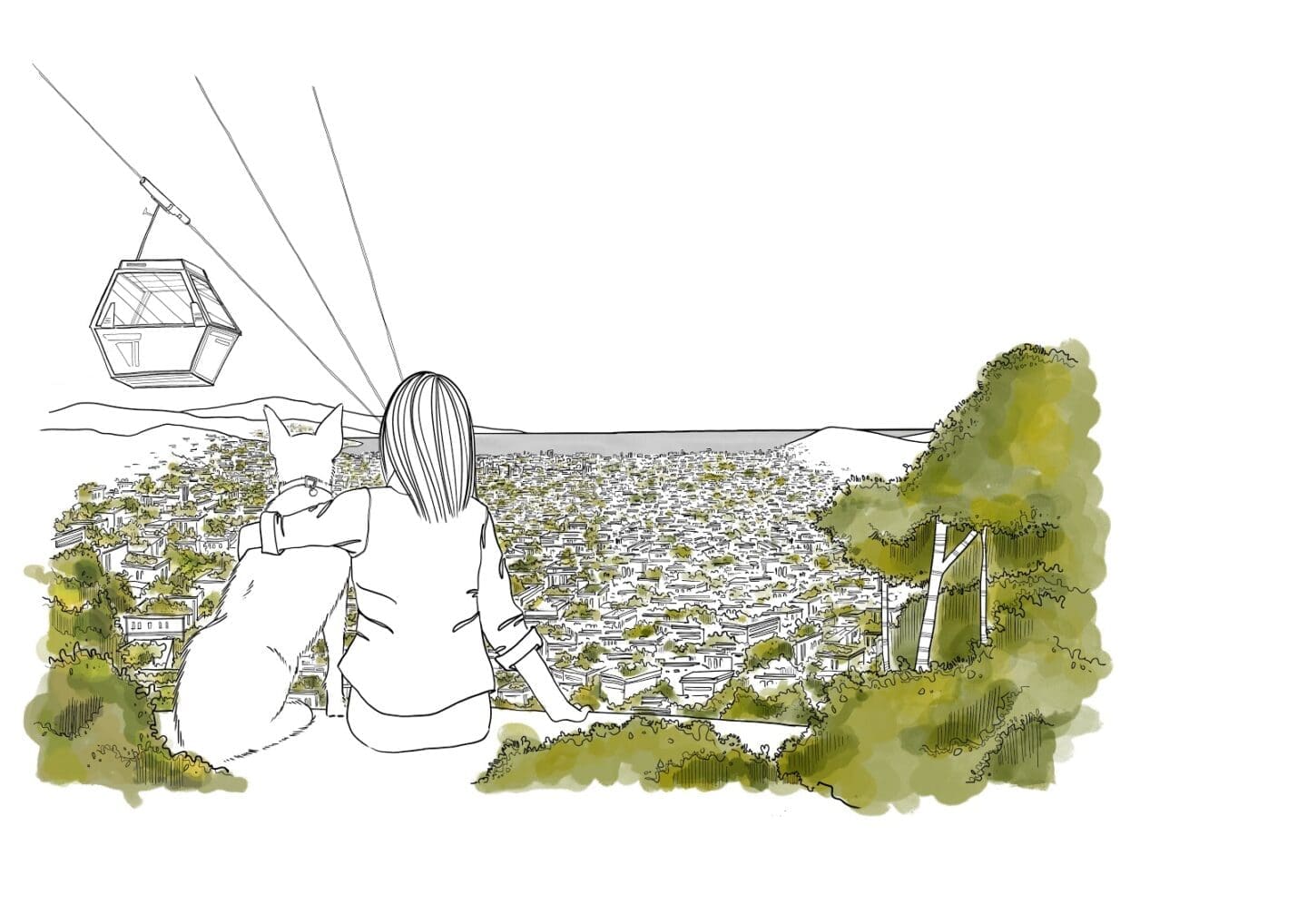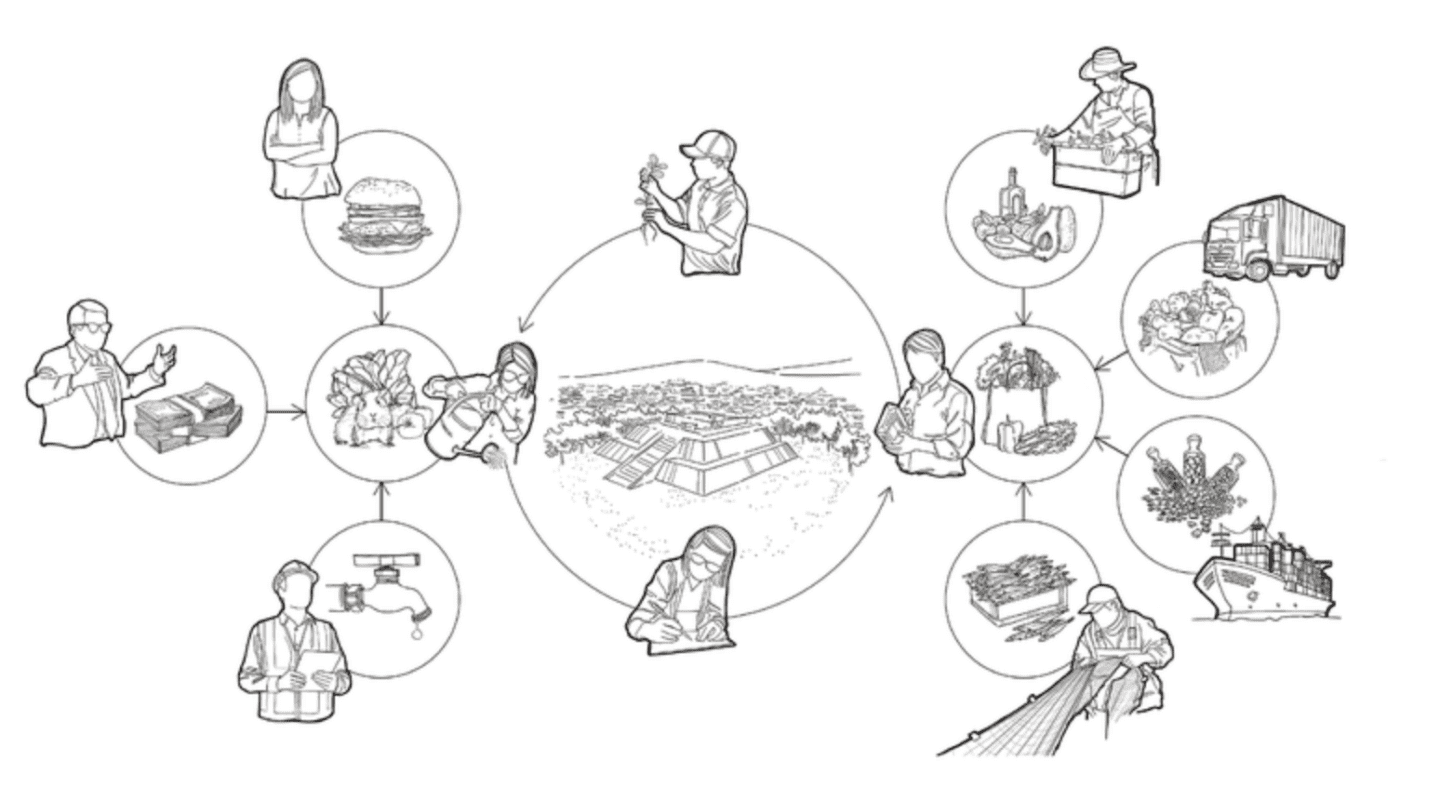This Vision for 2050 empowers the people of Lima to usher in a regenerative and nourishing future. Through harmonizing agricultural traditions with modern technology, this Vision aims to unlock bountiful dividends for the community, society and nature.
Set in the northernmost tip of the Atacama Desert, Lima is the driest megacity on Earth. Lima’s slums were established after mass migration from the Andes region to Lima beginning in the 1940s. Today the slums are home to four million people who live in an arid and dry landscape, and who lack access to nutritious food. It is estimated that 35% of children are anemic and 65.9% of adults are overweight or obese.
In addition, two million residents lack access to running water and depend on private water trucks that can charge up to 20 times what affluent neighborhoods pay for their city water. Without universal access to clean water for drinking, preparing food, or for personal hygiene, no food system can be healthy. The people of Lima are in desperate need of climate-resilient solutions to provide equitable access to running water.
The Lima Vision showcases how by the year 2050:
- All residents of Lima have equal access to running water, and water resources are protected for future generations.
- Desert slums are transformed into regenerative and nourishing urban farms.
- Food hubs with community gardens and farmers’ markets help to break down social divisions, enriching community life through the convening power of food.
- Public green space has increased six-fold with widespread multifunctional ecological parks, and huacas (pre-Columbian temples) that have been transformed into food hubs.
- Urban farms and public green spaces make Lima an emerald oasis again that can be seen even from space: a green “crown” on the northern tip of the Atacama desert.
The impact of the Vision goes beyond food: it is about creating unity, celebrating diversity, and embracing the oneness of humanity.

This Vision is brought to life by the International Potato Center and Grupo Alimenta. The team understands Peru’s current food system challenges and is proactive in advancing a brighter future. Through the team’s individual perspectives and collective passion, they share a goal of fostering holistic well-being for the millions of people populating Lima’s desert slums.
Click here to explore the full Vision for Lima, Peru in the year 2050.
Our Vision for the future of Lima’s desert slums is one where basic human needs for food, housing, and a dignified livelihood can be addressed jointly from the comfort of home. With three solutions in place--water farms, food hubs, and low-input rooftop farms--we envision a regenerative, nourishing, and socially just future for Lima in 2035.

